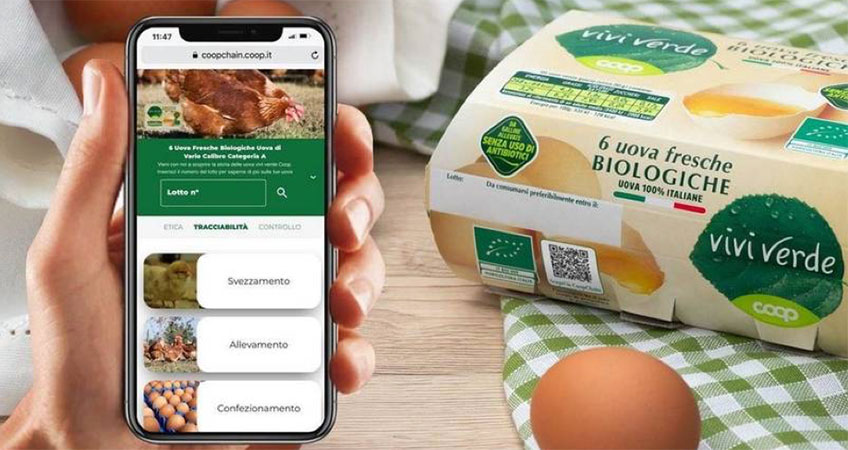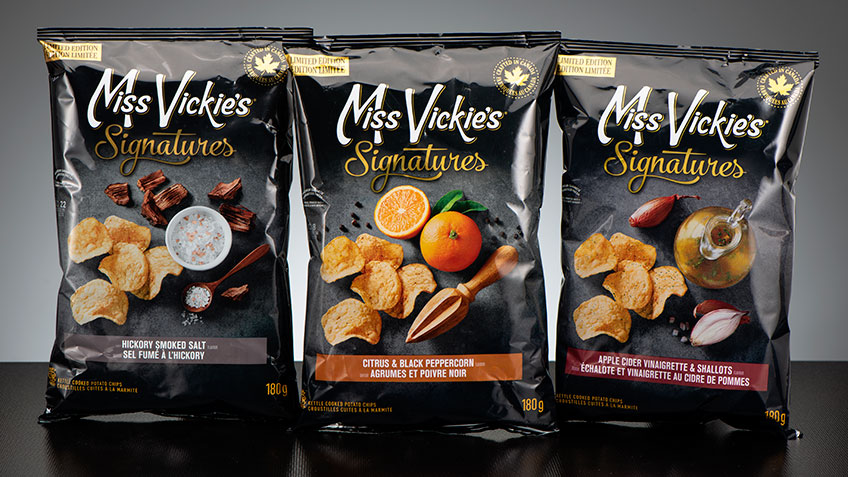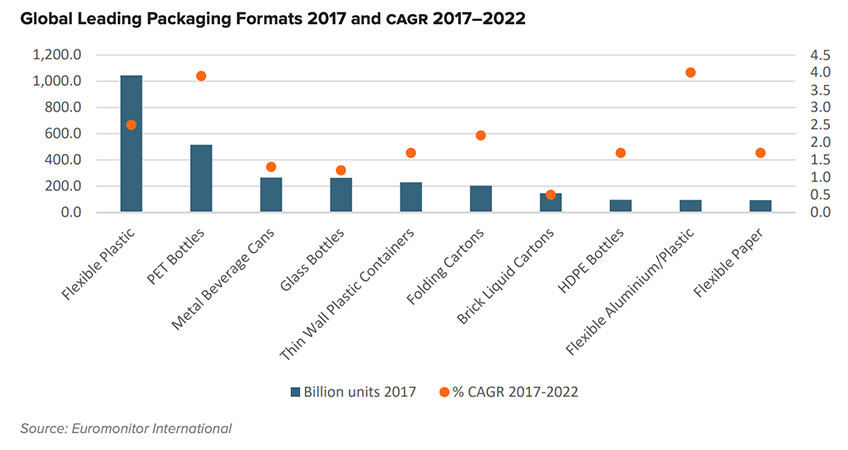With the surge in consumer demand for things that are better, faster and more convenient, the past decade has had a wealth of challenges and opportunities for CPG brands.
As we put this eventful decade behind us, it’s time for businesses to prepare for a strong sprint into 2020. Here are some top packaging trends to keep in mind for the new year:
Earth-Friendly Packaging
Sustainability has become a powerful challenge and opportunity for businesses. This is driven by the fact that “consumers are willing to pay more for eco-friendly and recyclable products” and actively seek out brands that have social values that align with theirs.
With this, the battle against single-use plastic has led to the growing popularity of materials such as corrugated packaging and PET plastics, which can then be recycled into post-consumer resins (PCR) to be used for a variety of purposes.
Deviating from the mainstream, more innovative packaging methods are also gaining traction in market. These forms of packaging use sustainable and biodegradable materials such mushrooms, bamboo and corn starch. Partnering with Notpla, Just Eat UK launched their second trial of sauce packets made from seaweed in late 2019, providing a biodegradable packaging option that is flavorless and colorless. Their first trial in 2018 proved to be a resounding success, with 92 percent of consumers wanting to see more of their takeout sauces in the seaweed packets and 91 percent finding them easy or easier to use than the traditional packets.
Though still in its infancy, edible packaging has been getting some attention. This novel concept is typically reserved for campaigns and prototypes at the moment but represents the growing desire for creative solutions to wasteful packaging.
Storytelling with Connected Packaging
As consumers become more knowledgeable about their consumption, concerns about ethics and ingredient origins have become top-of mind. What’s more, there’s an increased spotlight on everything that goes into the product – including treatment of the workers and the corporate social responsibility of the brand.
In fact, 48 percent of consumers feel they don’t know enough about a product even after reading the label. 74 percent of consumers would switch brands in exchange for greater transparency. To address these demands, connected packaging is something to keep an eye on in 2020.
Connected packaging goes beyond the confines of the physical container and provides a valuable means for consumers to interact with the product and brand. This feature can be used for the following functionality:
- Illustrating the story of the product and brand.
- Providing instructions and inspiration for product usage.
- Displaying promotions, contest and loyalty programs.
- If applicable, launching augmented reality.
Functionality can be activated in a number of formats, with the following being the most common-place:
- Specific applications: A standalone app to facilitate the experience, such as Herbal Essences AR Experience, which can be launched to scan limited-edition Beach Plastic bottles of shampoo for a storytelling experience and interactive beach-scape.
- QR code: A unique scannable code which users scan with their smartphone camera to launch a website/application.
- NFC tag: A passive device that can be embedded into labels, which users can tap with smartphones to launch a website/application.
With the growth of blockchain in supply chain, transparency is becoming more accessible to consumers. Coop Italia has begun a blockchain initiative with their organic eggs to track the supply chain and then place a generated dynamic QR code on the egg pack, which consumers can scan and input a code to read about the hen’s breed, the packing center and origins.

Clear Visual Conveyance of Goodness
The rise in consumer interest in health and wellness is a token trend of the past decade. This accompanied a surge in demand for natural and ‘real,’ which will continue well into the next decade.
Packaging can be leveraged to address this trend with the following techniques:
- Display fresh and appealing product photography to depict flavours and ingredients.
- Include on-pack windows or partly exposed packaging to let the product speak for itself.
- Having eye-catching claims on front of pack to communicate notable claims, which can leverage the LEK Consumer Study on Health Claims. Note that while this is specific to food, it is relevant to other wellness products:
- No artificial flavors (69 percent consumer influence)
- No preservatives (67 percent consumer influence)
- Non-GMO (54 percent consumer influence)
Regardless of these powerful claims, it is important to evaluate your communication hierarchy to ensure the message does not become muddled.

Considering these top trends of sustainability, transparency and wellness driving consumer decisions and purchases into 2020, packaging must be aligned in displaying these attributes. Packaging has gone beyond the original purpose of being a container and is now a strong tool to communicate a brand’s purpose and values.
How will your brand leverage packaging in 2020?


